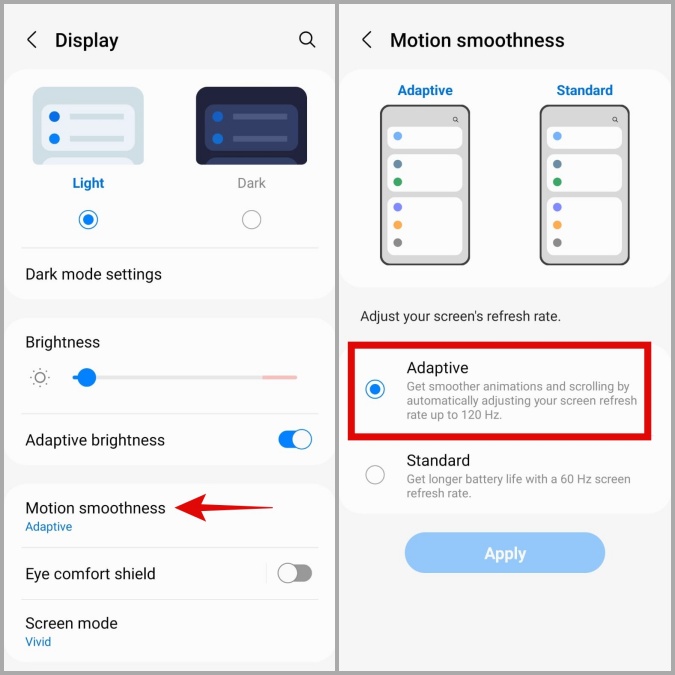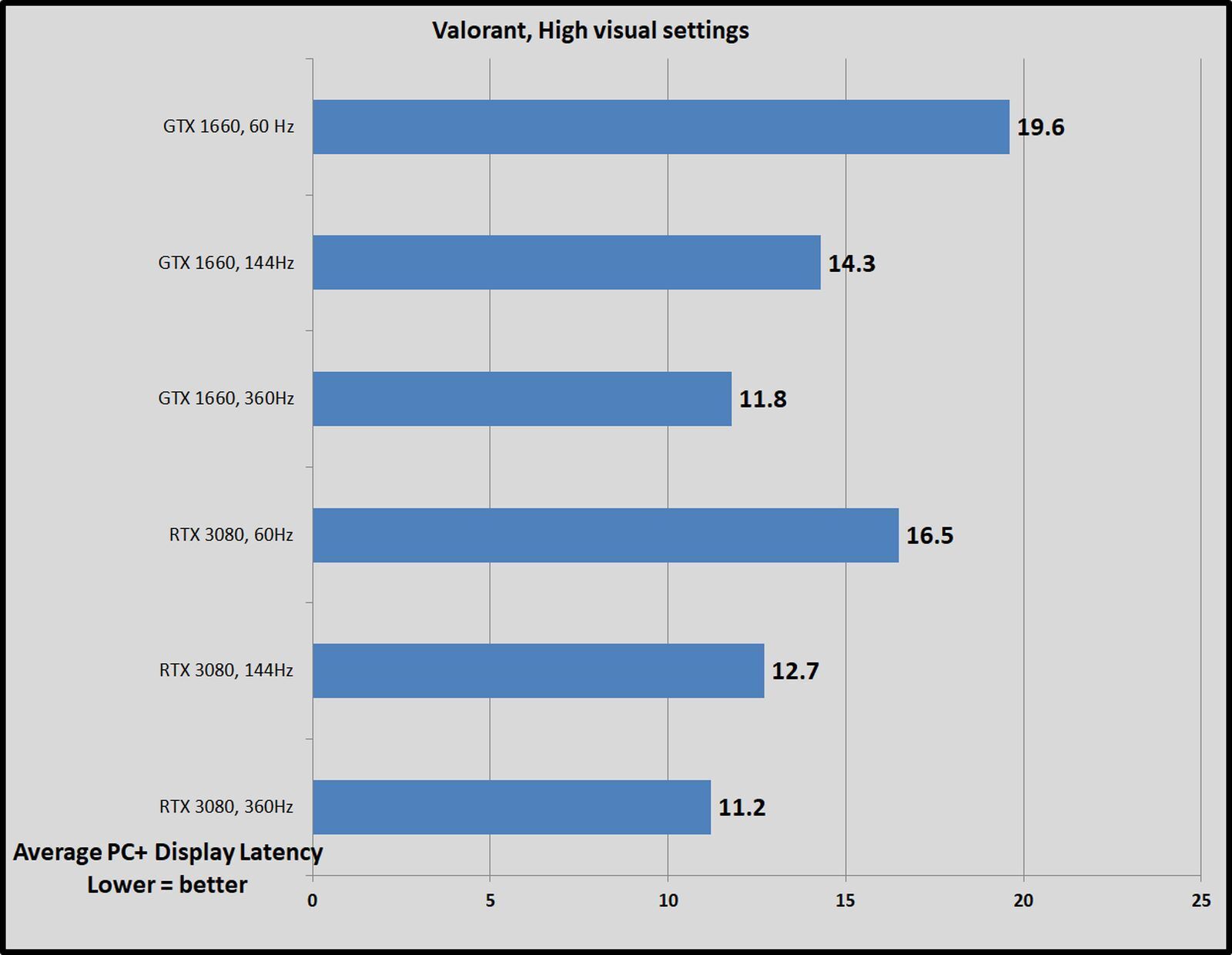
- Increase refresh rate switchresx update#
- Increase refresh rate switchresx Pc#
- Increase refresh rate switchresx tv#
It’s generally measured by a figure called grey-to-grey time, which refers to the time it takes for a pixel to transition from grey to white and back again, rather than all the way from black to white to black, which takes longer. Something to keep in mind when looking at monitor response times is there isn’t an accepted standard of measurement. When you’re done: Read our best gaming monitor reviews OLED displays, on the other hand, are purely electronic, making them several orders of magnitude faster – a typical OLED panel has a response time of just 0.01ms. LCDs work by physically moving tiny crystals embedded in the surface of the screen, and so are relatively slow to respond. Meanwhile, response time is the big advantage that OLED displays have over LCD panel, and is the reason that many of us are so excited about them eventually being cheap enough to replace LCDs in computer monitors. TN can respond as quickly as 1ms, whereas the fastest IPS screens are around 4ms and most are 8ms or longer. Response time is the reason that gaming monitors still use TN LCD panels with poor viewing angles, when most other monitors and LCD screens in phones, tablets and laptops have moved onto better technologies such as IPS and VA. A 16ms response time translates to a theoretical maximum of a 60Hz refresh rate 1s/60 = 16.6ms. Generally measured in milliseconds (ms), it’s directly related to refresh rate in that a monitor can only really refresh its image quickly if the pixels can respond quick enough. Response time is the time it takes for a pixel to change from one colour to another.

Factors such as response time and motion blur. Moreover, once you’ve reached such a level of refresh rate, other factors become more noticeable when it comes to trying to get the most clear image. This compares to the leap from 60Hz to anything over 100Hz, which even fairly casual gamers will notice.

We’re yet to review such ultra-fast panels, but early verdicts suggest that only the most competitive of gamers will gain an advantage. For a long time 144Hz was the de facto standard gaming monitor refresh rate (because it’s 6 x 24Hz) but now we’re seeing 240Hz panels. Having a monitor that can keep up with all that can potentially give a gamer that crucial split-second advantage. For instance, a modern mouse can report its position up to 1000 times a second, while modern PCs can run competitive games such as Counter-Strike: Global Offensive or Overwatch at hundreds of frames per second. The pursuit of faster refresh rates is crucial for gaming, since it allows the screen to keep up with the rapid movements of a player.
Increase refresh rate switchresx Pc#
A typical PC monitor will have a refresh rate of 60Hz, but the latest gaming displays can reach all the way to 240Hz.
Increase refresh rate switchresx tv#
Cinemas run at just 24Hz, while the old TV standards of PAL and NTSC ran at 50Hz and 60Hz respectively. The generally accepted level of refresh rate that leads to a satisfying image depends on the application.

This number of changes per second is measured in hertz (Hz).
Increase refresh rate switchresx update#
The faster the refresh rate, the more times the image can update every second and the smoother the image will look. The refresh rate of a monitor is the speed (rate) at which the monitor’s image changes (refreshes). But what exactly is refresh rate and how does it relate to other aspects of monitor technology, such as panel type and response time? Read on to find out. What does refresh rate mean, and how does it affect gaming? We explain 144Hz monitors and beyond, and why more hertz isn’t always better (but usually is).įor years, the refresh rate has been the go-to number for gamers when buying a monitor.


 0 kommentar(er)
0 kommentar(er)
